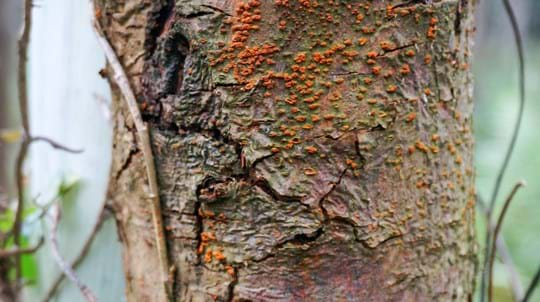
Pests and diseases
Sweet Chestnut Blight
A fungus that attacks sweet chestnut.

Botanic Gardens Conservation International
One of the key messages we give Observatree volunteers is that you don’t have to find something to make a survey worthwhile or valuable.
Developing a tree health early warning system network means that we are making an opportunity to spot something out of the ordinary.
The flip side of this is that, on many occasions, a survey will result in not spotting a pest or disease of significance.
True, when a new quarantine pest and disease is discovered it could avert a significant plant biosecurity impact.
But this doesn’t mean that any other surveillance activity is less valuable.
No news is good news as they say and so reported visits that declare nothing found are really important to us!
Plant health biosecurity relies on collecting lots of different data. Proof of absence of a pest is required for:
Knowing how widespread a pest and disease is might inform whether we take an eradication or containment approach. Similarly, having an idea of host species distribution is always important when a new outbreak is confirmed.
With the recent finding of Cryphonectria parasitica (Chestnut Blight) in Devon, any wider surveillance of sweet chestnut trees for suspicious symptoms (or not) will be key."